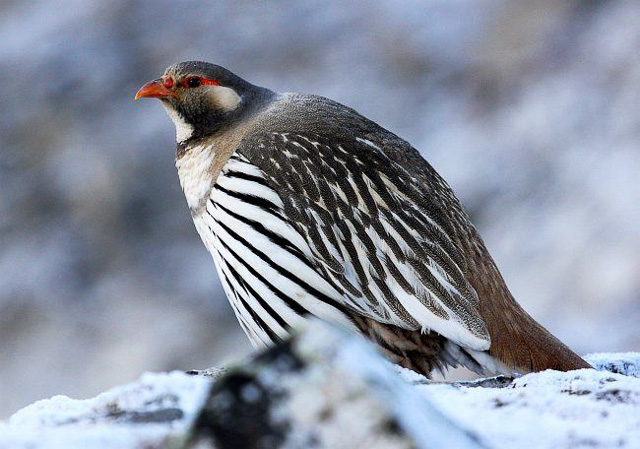About
Top Experiences
Type of Journey
Subscribe to newsletter and stay updated
Read about our travel expeditions, new destinations, new pictures, latest trip schedules
The charm of overwhelming natural splendor meets the nation of India in Ladakh, a land of breathtaking, picturesque, alpine vistas, jagged yet majestic snow-peaked hills, the beautiful Indus weaving through, and a unique bird species. Travelers are drawn to Ladakh by its natural beauty, which has been undisturbed by modernity, and by the prevalence of Buddhism, which attracts people of faith from all over the world. The terrain of Ladakh is characterized by jagged, desolate cliffs, plateaus, and uplands. It is a cold, dry region with an annual rainfall of 50mm. While the winter may appear to last forever, the area’s beauty is retained, and during the brief, hot summer, it is wonderfully rewarding to see the glaciers melt. Ladakh, which is home to the Himalayan snow leopard and about 310 different bird species, is a birdwatcher and wildlife enthusiast’s paradise.
OVERVIEW
Location: Ladakh Union Territory, India
Nearest Airport: Leh Airport
How to reach: Leh is connected by air from Delhi
Famous for: Himalayas at their rustic best, exotic birds, snow leopard
Best time to visit: February to October
WHAT TO SEE
Places: Leh City, Pangong Lake, Khardungla Pass, Nubra Valley, Tso Moriri, Lama Yuru, Zanskar Valley
Mammals: Snow Leopard, Tibetian Fox, Bharal, Pallas Cat, Red Fox
Birds: Chukar, Himalayan and Tibetan Snowcocks, Tibetan Partridge, Pallid Scops Owl, Eurasian Nightjar, Hill Pigeon, European Turtle Dove, Black-necked Crane, Corn Crake
Places to see:
Diskit Monastery: The Diskit Monastery, the oldest and biggest monastery in the Nubra Valley, is a must-see during any trip to Ladakh. It was established in the 14th century. The Diskit is a highly sought-after location because of the air of tranquility and peace that surrounds it, instantly calming any traveler’s mind and enhancing the experience of spiritual enlightenment.
Pangong Lake: The Pangong Lake, also known as Hollow Lake or Pangong Tso, is an incredible manifestation of nature’s beauty, gifted with captivating surroundings. It spans an area of about 100 kilometers, thus making it one of the largest saltwater lakes in Asia. Two-thirds of the lake occupies Tibet while one-third of it nestles in eastern Ladakh. During winters, the Pangong Lake turns rock-solid, thus making it a perfect spot for ice skating.
Shanti Stupa: Shanti Stupa poses proudly atop a hill in Chanspa, and it was built in honor of commemorating the completion of 2500 years of Buddhism, supervised by Japanese monks. The gilt panels on the walls that showcase the life of Buddha, and his statue, seated elegantly, working the Dharmachakra, are considered as architectural masterpieces, attracting a handful of visitors throughout the year.
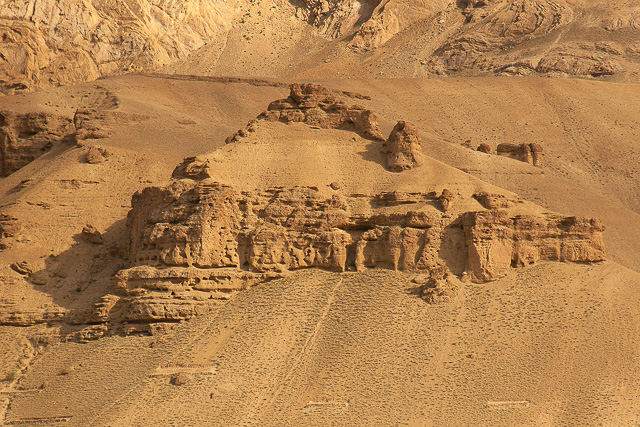
Royal Leh Palace: Leh Palace, once home to the royal family of Leh, is a nine-storied structure with a museum, featuring royal belongings. The Dogra troops had attacked the palace in the latter half of the 19th century, which forced the royal family to abandon the place and relocate to the Stok Palace. The fort is slightly ruined but its top offers the perfect vantage point to enjoy spectacular views of the region.
Tso Moriri Lake: Tso Moriri Lake is the largest alpine lake in India and lies in the greater Himalayan ranges. For those seeking momentary silence and peace, Tso Moriri Lake is a dream come true, accompanied by the beauty of nature to lull the mind.
Namgyal Tsemo Gompa: What makes Namgyal Tsemo Gompa a must-visit during the Leh Ladakh tour is the magnificent views of the snow-covered peaks, the Indus River, and plains that surround the monastery. Founded in 1430, Namgyal Tsemo Gompa resides in the background of the Royal Leh Palace and features a 3-storied high solid gold Buddha statue.
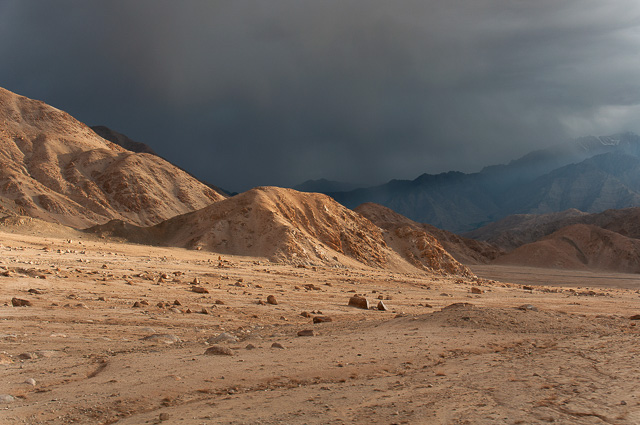
Khardung La Pass: Khardung La Pass is the ideal motorable road for motorcycle enthusiasts to demonstrate their riding prowess. There are excellent refreshments available at the local army cafeteria, and a souvenir shop sells items to remember your trip to Leh Ladakh. A beautiful view of snow-capped peaks can be seen from the road, which is 5359 meters above sea level.
Nubra Valley: Hop on to the back of one of the Bactrian camels to explore the enchanting Nubra valley that lies on the slopes of the Karakoram mountain range on your Leh Ladakh tour. The valley is a paradisiacal location, replete with white sand deserts, rich verdant villages, double-humped camels, craggy mountain peaks, and shimmering streams.
Magnetic Hill: As the name suggests, the Magnetic Hill possesses strong magnetic properties, so much so that it can pull a neutral car uphill, which is worth experiencing. Interestingly, passing airplanes fly at high altitudes to escape the powerful magnetic interference of this gravity hill.
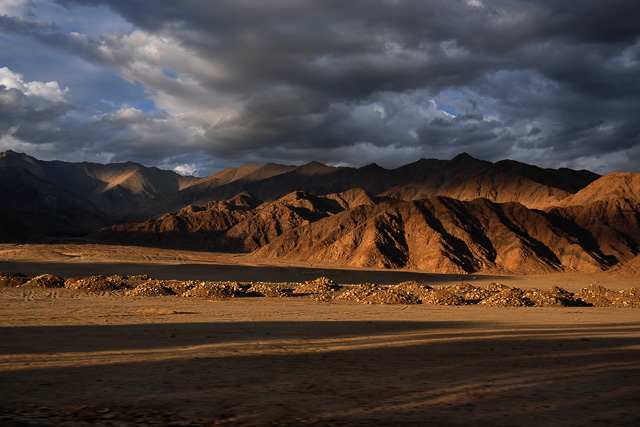
Hemis Monastery: Built during the rule of Ladakhi King Singge Namgyal in 1672, the Hemis Monastery is an architectural wonder, where one can enjoy the various displays of paintings, stupas, and statues of Buddha within the monastery on their Leh Ladakh tour.
Lamayuru Town: The Lamayuru Town nestling between Leh and Kargil is a quaint location, encased in a dreamy landscape with an enthralling panorama blanketing the entire town. The magnificent Lamayuru Monastery in the region is a frequented spot by the pious population but apart from being a place of worship, the monastery also showcases Buddhist guardian deities, thangkas, and frescoes.
Alchi: Alchi is a diverse, multicultural hotspot, as it is a byproduct of the combination of Hinduism, Islam, and Buddhism. The fertile grounds of Alchi have contributed to its verdant landscape and the apricot trees lining the edge of the road complement its beauty.
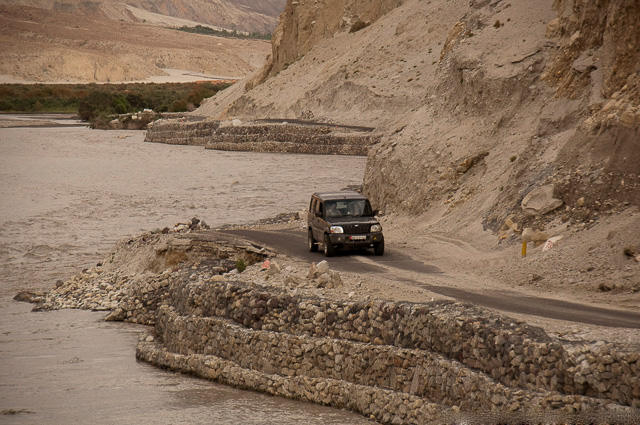
Zanskar Valley: Zanskar Valley is a heaven for travel aficionados as it is the conglomeration of beauty, calming atmosphere, and influential Buddhist culture that lends the place a particular charm. The views of the snow-capped mountains and picturesque landscape quench the thirst of every vagabond that happens to cross this territory of beauteous natural splendor.
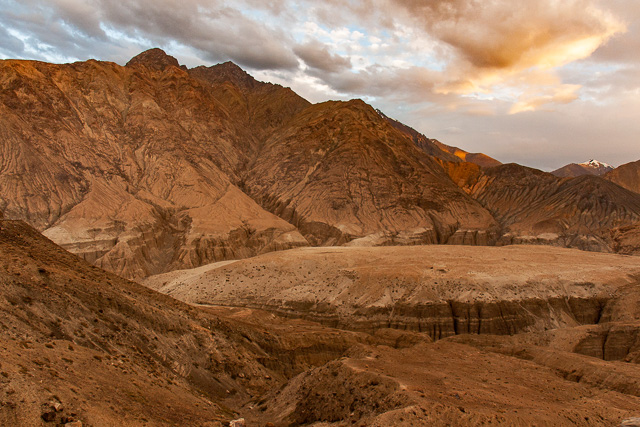
Wildlife hotspots in Ladakh
Here are some of the wildlife hotspots in Ladakh visited by travelers to explore and learn about the various indigenous species during the Leh Ladakh tour.
Hemis National Park and the Rumbak Valley: Numerous bird species, including Golden Eagles and Brown and White-throated Cinclus Cinclus Dippers, live on the buckthorn-covered slopes of Rumbak.Lammergeier, Wallcreeper, and Aquila chrysaetosRock Bunting, Gypaetus barbatusthe Himalayan Snowcock, Emberiza ciaThe Himalayan finches and rosefinches are called Tetraogallus. The blue sheep, urial, and argali are some of the creatures that call this area home.
Nubra Valley: Nubra Valley nestling between Hundar and Panamik is a spot gifted with spectacular views and the buckthorn dotting the region provides shelter to an abundant bird population, including warblers, shrikes, and finches. Some of the mammals one might come across on the Leh Ladakh tour in the valley are the Bactrian camel, fox, pika, lynx, and Cape hares.
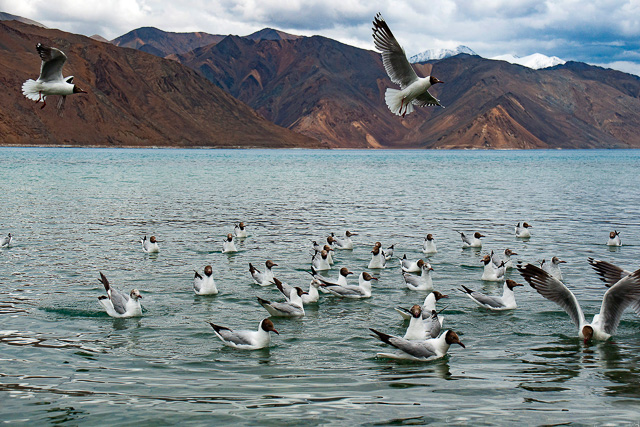
Tsomoriri Lake: The Bar-headed Goose (Anser indicus) uses Tsomoriri Lake, the largest lake in the Rupchu Plains, as a nesting ground in Ladakh. Rosefinches, accentors, and mountain finches are frequent visitors to the northern slopes covered in pea shrubs. The weasel, fox, blue sheep, woolly hare, marmot, and pikas are among the mammals that live in the area around the lake.
Tsokar Plains: Important breeding grounds for the Great Crested Grebe, Bar-headed Geese, and Ruddy Shelduck are the Tso-Kar and the Startsapuk-Tso. Terns, gulls, the Lesser Sand Plover Charadrius mongolus, and Tadorna ferruginea. Upland Buzzard, Golden Eagle, Little Owl (Athene noctua), and Common Kestrel (Falco tinnunculus) are a few of the raptors that live in the plains.
Shey marshes from Choglamsar to Thiksey: The area is a true birdwatcher’s paradise and the verdurous landscape adds to the scenic beauty of the marshes. After reaching Thiksey from Choglamsar, there is much to look forward to, especially the riverbanks and the wetlands along the Indus River, the buckthorn patches, the shoreline, and grazing lands that are worth exploring.
